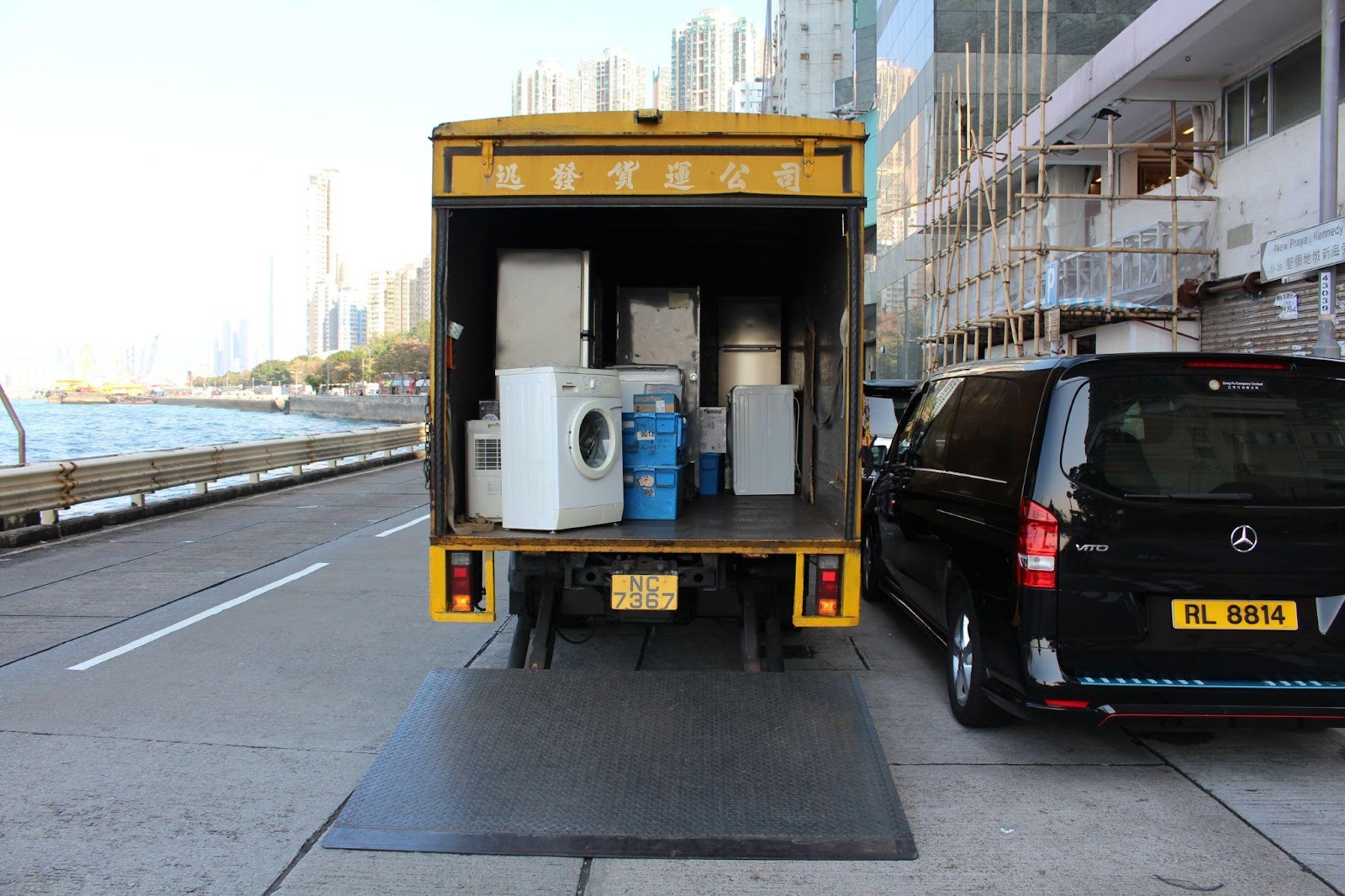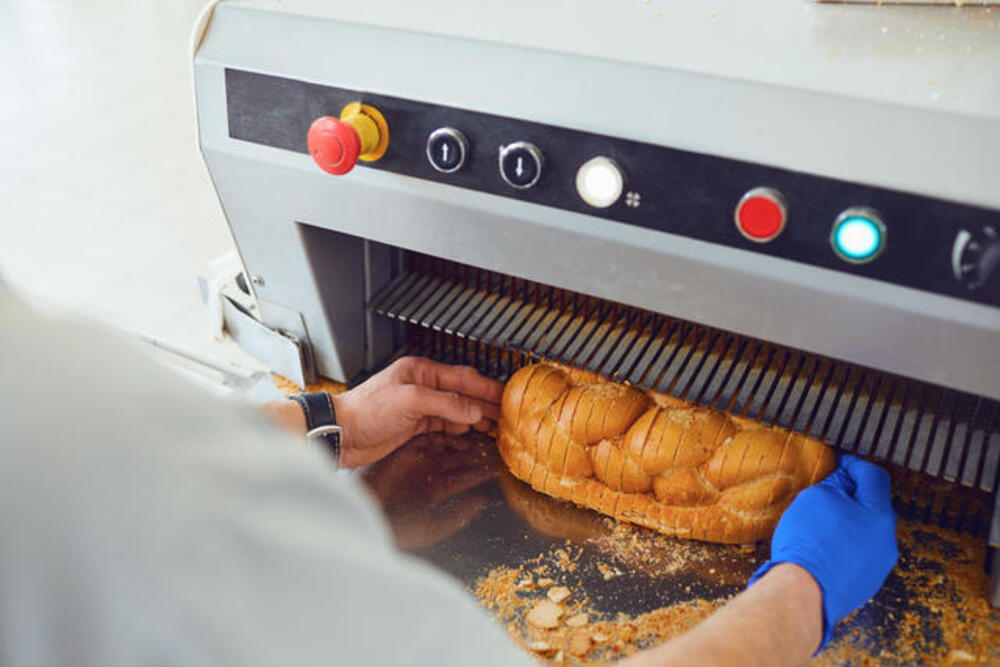Moving large kitchen appliances is a task that requires meticulous planning and careful execution. In bustling areas like Miami, where the pace of life is fast and the streets are always busy, ensuring the safe transportation of these essential household items becomes even more crucial. Whether it’s a family relocating to a new home or an individual making a move, understanding the right techniques and preparations for moving large appliances is key to a smooth transition. This article will list the essential tips for safely transporting your large kitchen appliances and helping you navigate through the complexities of such a task.
1. Read the Manufacturer’s Instructions
The first step in preparing your large kitchen appliances for a move is to consult the manufacturer’s instructions. These manuals often contain specific guidance on how to handle, dismantle, or prepare appliances for transportation. Following these instructions can prevent damage to the appliance and also ensure that any warranty remains valid. It’s especially important for newer models with intricate electronic systems or specialized handling requirements.
2. Clean and Dry Appliances Before Moving
Before moving day, make sure to thoroughly clean and dry your appliances. This step is not just about hygiene; it prevents the growth of mold and the development of unpleasant odors, particularly during a long moving process where appliances may be stored for a while. Cleaning also gives you a chance to inspect each appliance for existing damage or loose components that may need attention before the move.
3. Consider Professional Assistance
For a long-distance move or when dealing with particularly heavy or valuable appliances, consider hiring professional movers. The price tag for hiring a moving company in Miami typically spans between $1,639 to $4,625, contingent upon the distance, according to Forbes. This useful insight can guide your planning process, allowing you to align your budget before locking in a service.
A reputable Miami moving company will have the experience, equipment, and manpower to safely transport your large kitchen appliances. While this adds to the moving cost, the investment can save time and prevent costly damage to your appliances and property. Professionals are also trained in proper lifting and moving techniques, reducing the risk of injury.
4. Secure Loose Parts and Doors
Securing loose parts and doors is a critical step in the preparation process. Moving parts, such as shelves and drawers inside refrigerators or ovens, should be removed or securely fastened. This prevents internal damage from parts shifting or banging together during transport. Doors should be closed and locked or securely taped shut to avoid them swinging open while the appliance is being moved.
5. Use the Right Moving Equipment
Using the right equipment to move large kitchen appliances is essential for safety and efficiency. A furniture dolly or hand truck is ideal for transporting heavy items. Sliders can also be placed under the appliances to smoothly glide them across the floor, reducing the risk of injury and floor damage. For those living in high-rise buildings, ensuring that your moving equipment is suitable for elevator use or tight stairwells is also extremely important.
6. Protect Surfaces and Corners
The surfaces and corners of appliances are prone to scratches and dents during a move. Use moving blankets or pads to wrap the appliances, paying extra attention to corners and protruding parts. Protective covering not only preserves the finish of your appliances but also protects walls and doorways from damage as the items are moved through the house.
7. Utilize Proper Lifting Techniques
Proper lifting techniques are crucial when moving large kitchen appliances. They are not only heavy but often awkwardly shaped, making them challenging to handle. Always lift with your legs, not your back, and keep the appliance close to your body. It’s advisable to have at least two people to lift and navigate each appliance. This reduces the risk of personal injury and prevents damage to the appliance. When moving in confined spaces, such as the narrow hallways typical in some homes of big cities, careful maneuvering and communication between movers are key.
8. Disconnect and Handle Wires and Hoses Carefully
For appliances like washing machines, dishwashers, and refrigerators with ice makers, it’s important to properly disconnect and secure any wires and hoses. Turn off the water supply and power before disconnecting hoses, and ensure they are drained and dried to prevent leaks. Tape wires and hoses to the appliance to prevent tripping hazards and damage. This preparation prevents last-minute complications and ensures the safe reinstallation of the appliance in your new home.
9. Keep Appliances Upright
Certain appliances, such as refrigerators and freezers, need to be kept upright during transportation. Transporting these appliances on their side or back can cause damage to their internal components or result in coolant leakage. If an appliance must be tilted, do so sparingly and return it to an upright position as soon as possible. Once at the destination, it’s advisable to let the appliance sit for a few hours before plugging it in, allowing any fluids to settle back into place.
10. Plan Your Route
Before moving day, plan the route you’ll take from the house to the moving truck. Measure doorways, staircases, and hallways to ensure your appliances will fit. Remove any obstacles, such as doors or railings, if necessary. In metropolises, where space can be tight, this step is particularly important. A clear route reduces the risk of damage to the appliance and your home and makes the moving process more efficient.
Conclusion
Moving large kitchen appliances safely requires detailed planning, appropriate equipment, and careful execution. From using proper lifting techniques to considering the help of professional movers, each step is critical in ensuring the safe transportation of these essential household items. In the bustling and often compact environment of big cities, these precautions are even more vital. Whether you’re moving across the city or to a different state, following these tips can significantly ease the process of relocating your large kitchen appliances. Ultimately, the goal is to arrive at your new home with everything intact, ready to be installed and used in your new kitchen, making your new house feel like home.











